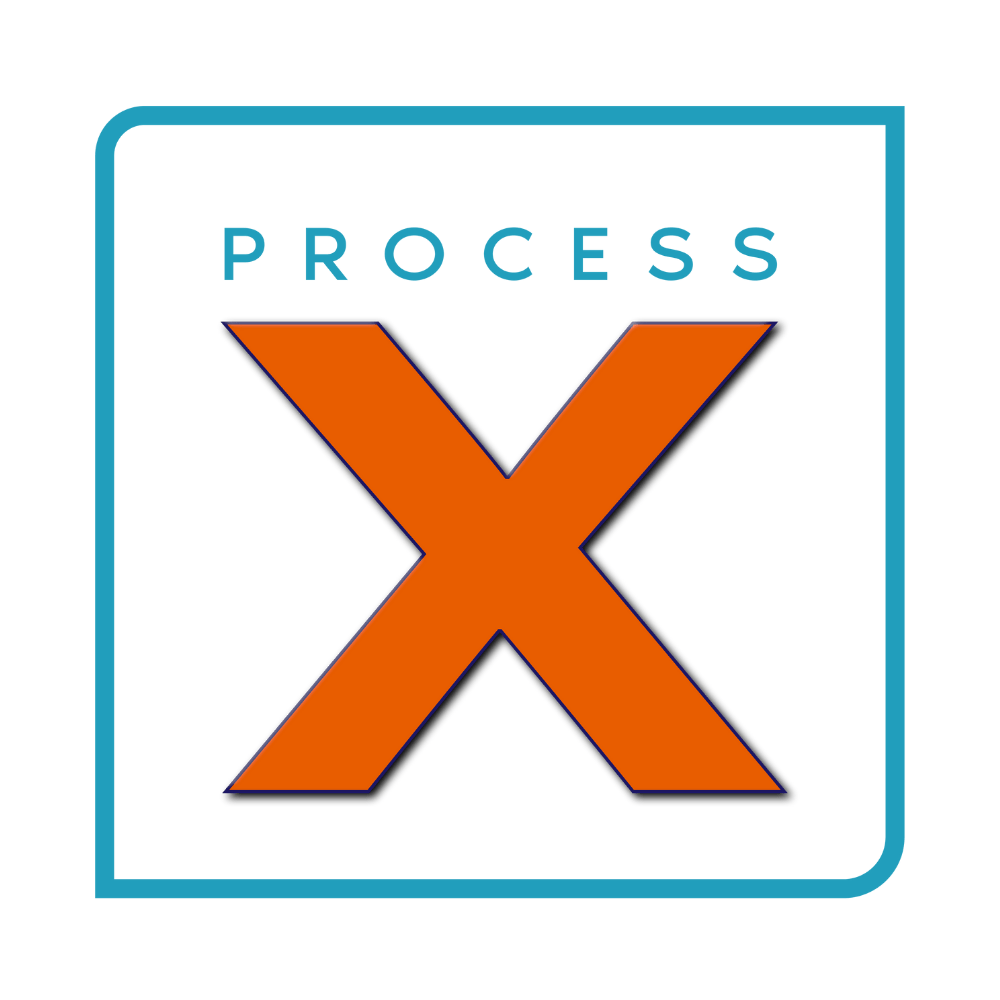
Automation of Clients Refunds
A large aged care provider had to regularly check emails for when residents have exited the provider and manually go through the finance system to determine if money is owed to the resident’s family or to themselves. ProcessX developed intelligent automation to process resident refunds with delegation authorities and process the refunds into the finance system ready for posting.
A major ASX listed Aged Care Provider engaged ProcessX to help with conducting a process review to help with improving operational efficiency within various business units. The Accounts Receivable Team was spending considerable time every week on processing client refunds. This was due to a legislative requirement to ensure any client discharges are processed within 14 days. The process is heavily manual as requires a complete reconciliation of accounts for the client from their start date. The entire process is conducted on the Epicor ERP system.
The team at ProcessX engaged with the staff and identified the pain points which was around the manual nature of the process and variation due to different client arrangements. The team worked on developing a future state process that would streamline the variations and be fit for automation. The process was optimised for a “Human in the Loop” as there were inputs/ decision making that was required. This now meant that the aspects that were manual are completed by the robot and decision making completed by a human to hand it back to the robot for further processing.
- Achieved 100% process accuracy through automation, eliminating human errors and ensuring flawless execution.
- Delivered 7,500 hours of annual effort savings, significantly reducing manual workload and allowing redeployment of resources to higher-value activities.
- Standardised all client letters, ensuring uniform structure, tone, and quality across communications, strengthening brand identity.
- Enhanced client experience through consistent, professional, and high-quality correspondence.
- Ensured full compliance with legislative requirements, reducing regulatory risks and enhancing organisational credibility.


